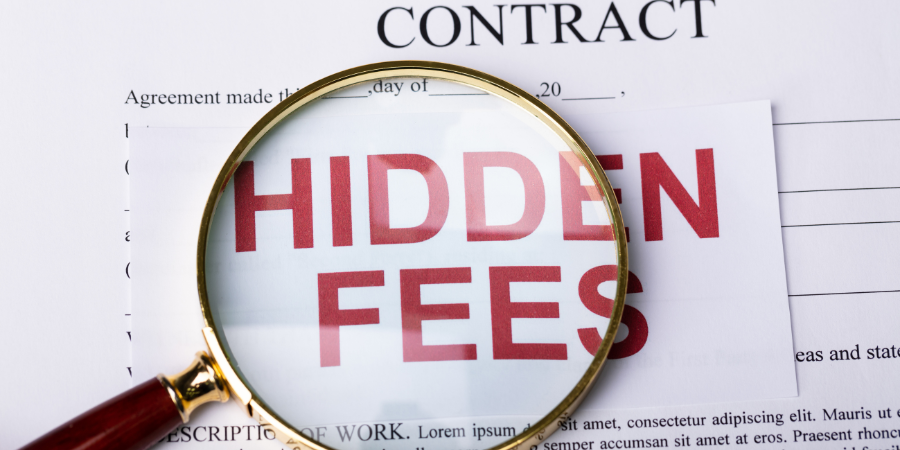As a landlord, you rely on your lease agreement to outline your expectations of your tenants as well as their expectations of you. When all of the details of tenancy are formalized, you and your tenant can have a better relationship and maintain open communication moving forward.
However, things can change over the course of a lease, especially since many lease agreements last for a year or longer. One change that can happen is that your tenant may decide that they want an additional occupant to move into the property with them.
If this happens, you’ll have to take some specific steps to make sure this process is completed smoothly and successfully to ensure that you’re fully protected as a landlord.
Do All Tenants Need to Be on the Lease?
If your tenant wants to add an occupant, most property management companies would agree that allowing them to move in without a lease update is not advisable.
Though it may seem like the easier option, having occupants living at your property who aren’t on the lease could put you at risk for increased liability. The lease agreement is designed to protect the rights of both tenants and the landlord, so, if there are people who are not on the lease living in the rental property, it can cause serious legal problems for both parties.
Adding Tenants to a Lease in 4 Steps
If your tenant comes to you with a question about adding an individual to the lease, here are the four steps you should take to get the change done correctly.
Remember that as the landlord, it is still up to you whether you approve the lease change or not. If you have reasons why adding a tenant may not be a good idea or even possible, you can choose to refuse a lease change.
1. Get a Written Request
Many tenants and landlords communicate over the phone or even in person. If your tenant has come to you with a request to add an individual to the lease, the first step is to ask the tenant to submit their request in writing. They should give some basic information about who the new tenant is and why it’s necessary for them to move in.
Having this request in writing will ensure that the entire process has a paper trail, which could protect you should any legal issues arise. Additionally, waiting for the written request will give you some time to consider your tenant’s point of view and make a wise decision.
2. Have the New Tenant Fill Out a Rental Application
If a new tenant won’t be surpassing the occupancy limit and you’re okay with adding them to the lease, they’ll need to fill out a rental application. This allows you to perform the same background and credit checks you would perform for any new tenant.
If they don’t pass your checks, make sure to communicate your decision to accept or deny the new tenant to your current tenant as well as the prospective tenant so everyone involved is kept up to date. Be aware that you cannot share the details of your decision with the current tenant if you choose to deny the prospective tenant. However, you must disclose the information to the prospective tenant as to why you denied them approval as per Equal Housing Opportunity regulations.
3. Review the Details with All Tenants Involved
If the new tenant passes the application process and you’ve approved the lease update, make sure to review the details of the new lease with every occupant of the property. Many landlords will ask for an additional security deposit when a new occupant is added, but make sure it’s legal in regards to security deposit amounts before you do so.
- Signing of New Lease Agreement
After the details of the additional tenant have been finalized, it’s time to sign the lease. Landlords may choose to write a whole new lease, while some advocate for adding an addendum to the current lease in place. With either method you choose, make sure that all tenants (old and new) and the landlord sign the new paperwork. Doing so keeps both parties in compliance and protected.
New Lease vs. Lease Addendum
When you add a new tenant, should you draft an entirely new lease or simply add an addendum to the existing lease? If adding the new tenant means that many details of the lease will change, you should draft a new lease for clarity and to redefine expectations.
Both options are equally binding according to the law. If you have a high level of trust with your current tenant and very little will effectively change when the new occupant moves in, a lease addendum will likely be the simpler option. However, if you ask the experts all AllView Real Estate, drafting a whole new lease is the best practice for protecting yourself as a landlord. With rental laws constantly changing, a new lease ensures that each tenant has read and agrees to the lease in its entirety, versus only signing and agreeing to the lease addendum.
When in Doubt, Trust Your Local Real Estate Professionals
Even the best landlords can benefit from the support of high-quality rental property management, especially in situations like tenant relations and lease changes. The team at AllView Real Estate are experts in residential property management in Orange County and beyond and provide high-touch, customized property management services to fit the unique needs of each client.
From residential, multifamily, and commercial real estate to investment properties of all kinds, the professionals at AllView are here to help you optimize your rental and remove the stress and hassle of being a landlord. Connect with us online or call us at (949) 400-4275.



